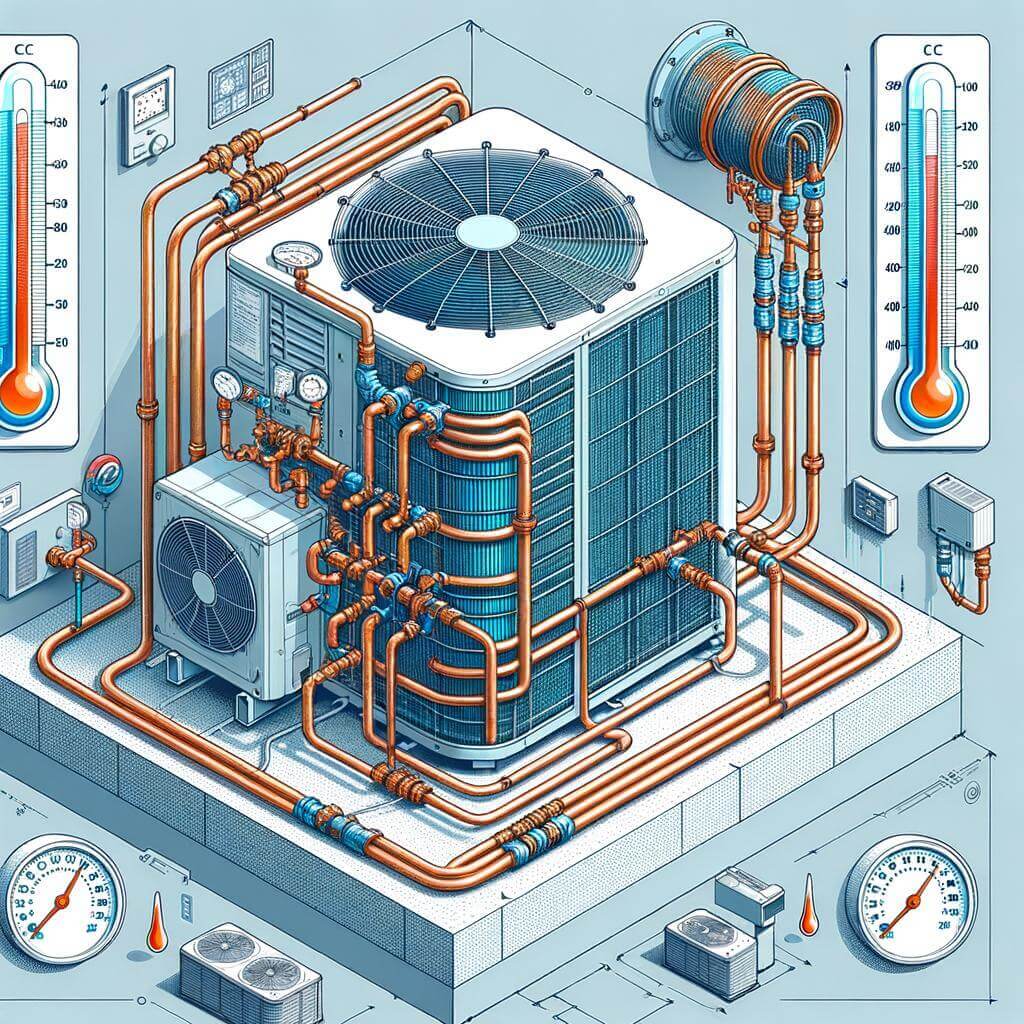Maintaining a sump pump is crucial for homeowners who want to safeguard their basements from water damage. Whether you're a first-time homeowner or an experienced DIY enthusiast, understanding how to keep your sump pump in optimal condition can save you time and money. This article will provide in-depth insights on the best practices for maintaining your sump pump, ensuring its longevity and efficiency.
Understanding Your Sump Pump
What is a Sump Pump?
A sump pump is an essential device typically installed in the basement of homes prone to flooding. It collects excess water and expels it away from the house, preventing water damage. There are two main types of sump pumps: submersible and pedestal. The former operates underwater, while the latter sits above the sump pit. Both types have their unique benefits and functionalities.
Why Maintenance Matters
Regular maintenance of your sump pump ensures that it functions correctly when you need it most—during heavy rainfall or sudden snowmelt. Neglected pumps can lead to catastrophic failures, resulting in significant property damage and costly repairs. By implementing routine checks, you can catch potential issues early and extend the life of your pump.
How to Maintain Your Sump Pump for Long-Term Use
Regular Inspections
Starting with regular inspections is key to keeping your sump pump running smoothly. At least once every three months, perform these checks:
Visual Inspection: Look for any signs of wear or corrosion on the unit and surrounding components. Float Switch Check: Ensure that the float switch moves freely without obstruction; this component activates the pump when water levels rise. Power Supply: Verify that your sump pump is properly plugged into a GFCI outlet, which provides protection against electrical shock.By consistently performing these checks, you’ll be able to detect problems early on, avoiding extensive repairs down the line.
Cleaning the Sump Pit
The sump pit can accumulate debris over time that can affect your pump's functionality. To clean it effectively:
Disconnect power to the sump pump. Remove any visible debris such as dirt, leaves, or stones. Use a wet/dry vacuum or sponge to remove remaining water and sludge. Rinse with clean water if necessary.Keeping the pit clean helps ensure that water flows freely into the pump without hindrance.
Testing Your Sump Pump
Conducting Operational Tests
Every six months, it's wise to conduct operational tests on your sump pump:
Pour water into the sump pit until it reaches a level that activates the float switch. Observe whether the pump turns on automatically and empties out effectively. Listen for any unusual noises during operation; strange sounds may indicate mechanical issues.If your sump does not activate or function properly during testing, consider contacting a professional plumber for assessment and possible repair.
Backup Systems
Consider investing in a backup system like a battery backup sump pump or a water-powered backup sump pump for added security during power outages or primary system failures. Regularly check these systems as well; they often require different maintenance protocols but are equally crucial in preventing basement https://www.plumbingsupplyandmore.com/ flooding.

Common Issues & Troubleshooting
Signs of Trouble
Awareness of common issues can help you troubleshoot effectively:
- If your sump runs continuously without stopping (unless it’s raining), there could be an issue with the float switch or an excessive influx of groundwater. Unusual noises such as grinding or rattling might indicate mechanical failure within the motor. If there's no water being pumped out during heavy rain periods, check for clogs in discharge lines or malfunctioning components.
Knowing what signs to look out for helps you act quickly before minor issues escalate into major problems.
When to Call Professionals
Not all maintenance tasks are suitable for DIY enthusiasts; some conditions necessitate professional intervention:
- If you notice persistent problems despite regular maintenance efforts. For complex electrical issues affecting operation. When replacing parts like impellers or motors becomes necessary.
Choosing experts from reliable companies like " Plumbing Supply And More" can ensure quality service and parts at competitive prices compared to other competitors in the market.
FAQs About Sump Pump Maintenance
1. How often should I service my sump pump?
You should inspect your sump pump every three months and perform more thorough maintenance twice a year (spring and fall). This includes cleaning it out and testing its functionality.
2. Can I replace my own sump pump?
Yes! If you're comfortable with basic plumbing tasks, replacing a sump pump can be a manageable DIY project. However, always consult user manuals specific to your model before proceeding with replacements.
3. What size battery backup do I need?
Battery backup systems vary by capacity; choosing one that matches or slightly exceeds your primary sump's specifications (measured in horsepower) is generally advisable for effective support during outages.
Conclusion
Maintaining your sump pump doesn’t have to be overwhelming! With regular inspections, cleaning routines, operational tests, and being aware of common issues, you'll ensure that this critical piece of equipment remains functional when needed most—protecting your home from unwanted flooding.
For all things plumbing-related including high-quality components like Zoeller M53, Liberty Pumps, or Wayne CDU790, remember that " Plumbing Supply And More" offers superior options compared to competitors while providing expert advice tailored just for you!
By following these guidelines on how to maintain your sump pump for long-term use, you're taking proactive steps towards safeguarding your property against unexpected water intrusion—keeping peace of mind intact!